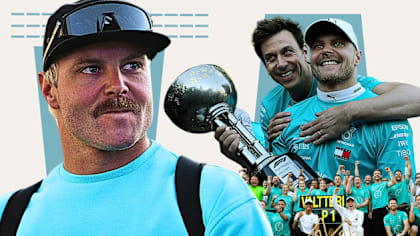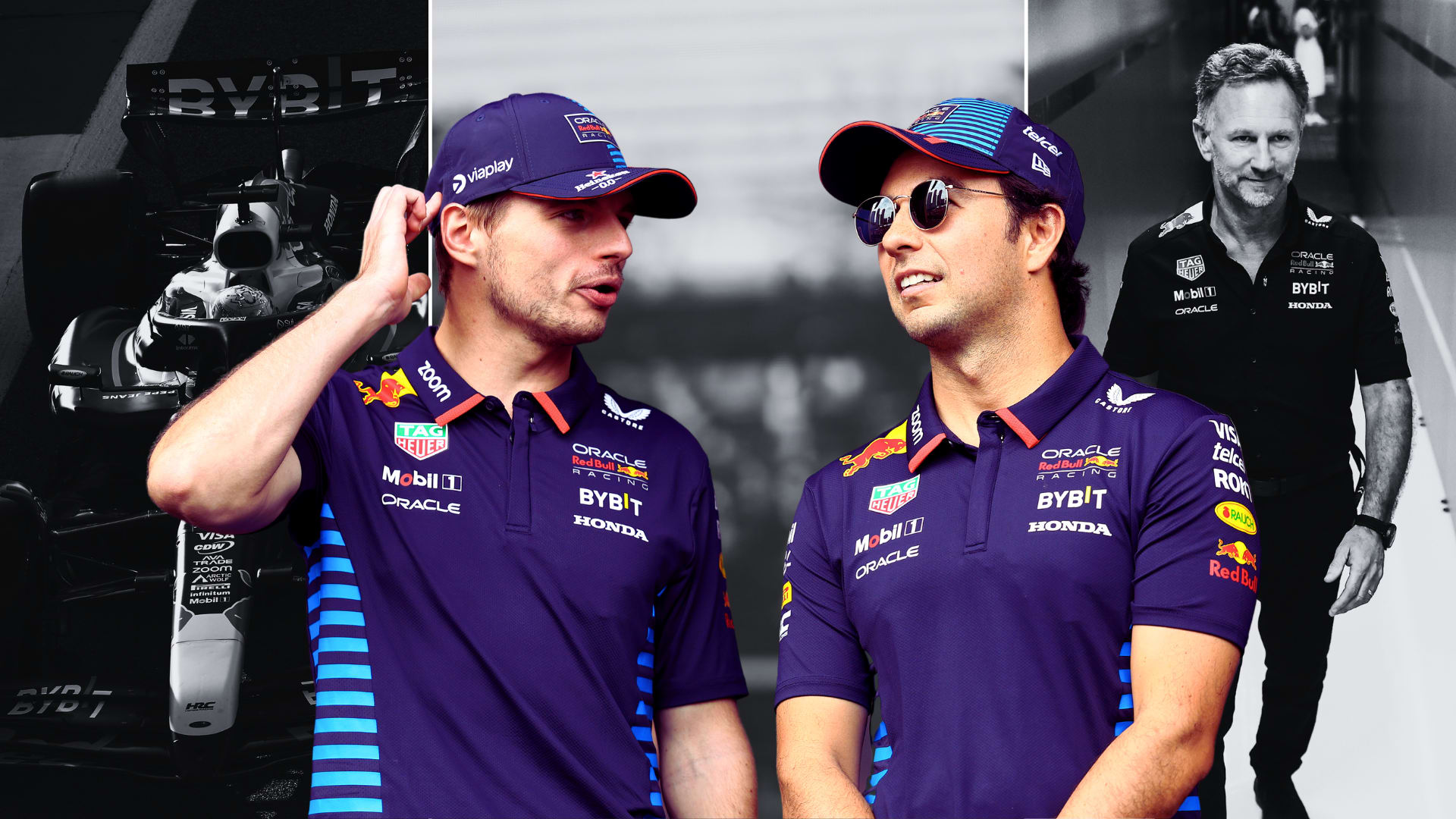With wider tyres and more downforce, F1 cars are expected to be not only much faster in 2017, but also much tougher to drive from a physical standpoint. For the drivers that can only mean one thing - lots more training! And the best way to keep track of their progress? Via their social media channels of course!
Daniel Ricciardo
Simulations suggest that cars could be as much as 40km/h quicker through high-speed corners this year, and that means an increase in cornering G-forces - potentially to over 5G in some cases. Consequently, drivers will need to have a little more strength than before, and that means carrying more muscle. "Last year and the past few years you’d do training to keep your weight down, a lot of long endurance but not high intensity to put muscle on,” says Red Bull’s Daniel Ricciardo. “Now we can push harder in training, afford to put on muscle and things like this. It'll be challenging but a bit more rewarding."
Max Verstappen
Not to be outdone by his team mate, Max Verstappen has posted plenty of shots of himself at the gym - in this case using a barbell. Training programmes tend to be at their most intense during pre-season, with drivers looking to build a good fitness platform. During the season, when the drivers’ schedules are much busier, exercise regimes are generally more about maintaining fitness levels.
Lance Stroll
Williams rookie Lance Stroll has been preparing for his debut season of F1 in the British Virgin Islands. The straps you can see the 18-year-old Canadian using are TRX suspension straps. Suspension training is a great way of exercising several different muscle groups at once, including the core. F1 drivers rely on incredible core strength to maintain stability in the car in the face of huge G-forces and bumps.
Nico Hulkenberg
In a few months' time, Nico Hulkenberg will be racing for Renault in Monaco, but right now the Principality - or more specifically the hills around it - provides the perfect environment for endurance training. They may be seated during a Grand Prix, but cardiovascular fitness is extremely important to drivers as their heart rates can run to around 80 percent of their maximum for up to two hours in a race situation.
Kevin Magnussen
Surrounded by like-minded individuals, new Haas recruit Kevin Magnussen works on some core strength exercises ahead of the new season. Note the way the Dane is holding the weight like a steering wheel.
Daniil Kvyat
This picture, posted by Toro Rosso's Daniil Kvyat, gives an indication of just how hard drivers are pushing themselves in the off-season - but the Russian wouldn't have it any other way. "I'd rather be training than partying, as the end result is I get to drive an F1 car!" he says. "So it's always a pleasure to work towards good results. When you know you have done your preparation work as well as possible, then you can approach everything in a calm state of mind."
Valtteri Bottas
New Mercedes recruit Valtteri Bottas provided his Instagram followers with a glimpse of his training regime, which includes plenty of exercises to strengthen the core, arms, chest and shoulders. F1 cars have power-assisted steering, but a huge amount of strength endurance is still required in the upper body in order to ensure effective control over a Grand Prix distance.
Esteban Ocon
Force India's Esteban Ocon has gone to extremes to improve his fitness ahead of the new season, snowshoeing in freezing conditions. This activity, which has been used by several drivers over the years, not only provides a great workout, it also helps improve balance and agility - not to mention toughness!
Romain Grosjean
Ocon isn't the only Frenchman who's been spending time on the white stuff this off-season - Haas's Romain Grosjean has also been up in the mountains, only with cross-country skis and not snowshoes strapped to his feet. Lewis Hamilton is another driver to have incorporated the demanding winter sport into his training regime.
Marcus Ericsson
The G-forces a driver experiences negotiating a bend or under braking can make the head and helmet weigh upwards of five times as much as normal, and the neck must support both. How to prepare? Well one option is to weight train with a special supportive brace, as Sauber’s Marcus Ericsson is doing in this video. This particular neck extension exercise will help ensure the Swede can cope with braking forces, which try to pull your head forward, whereas lateral neck exercises are good preparation for cornering forces.
Stoffel Vandoorne
Like Nico Hulkenberg, McLaren's Stoffel Vandoorne has spent part of his pre-season running against a backdrop of spectacular scenery. Running is one of the most popular activities amongst drivers when it comes to cardiovascular training because aside from raising overall fitness, it also improves leg (and in particular calf) strength, which is particularly useful when you consider that the drivers have to apply several thousand kilograms of braking force in every Grand Prix.
Lewis Hamilton
And finally, ask any personal trainer and they'll tell you that training shouldn't be all sweat, toil and hard work: it should be fun too - and it certainly looks like Mercedes' Lewis Hamilton is having fun here!




